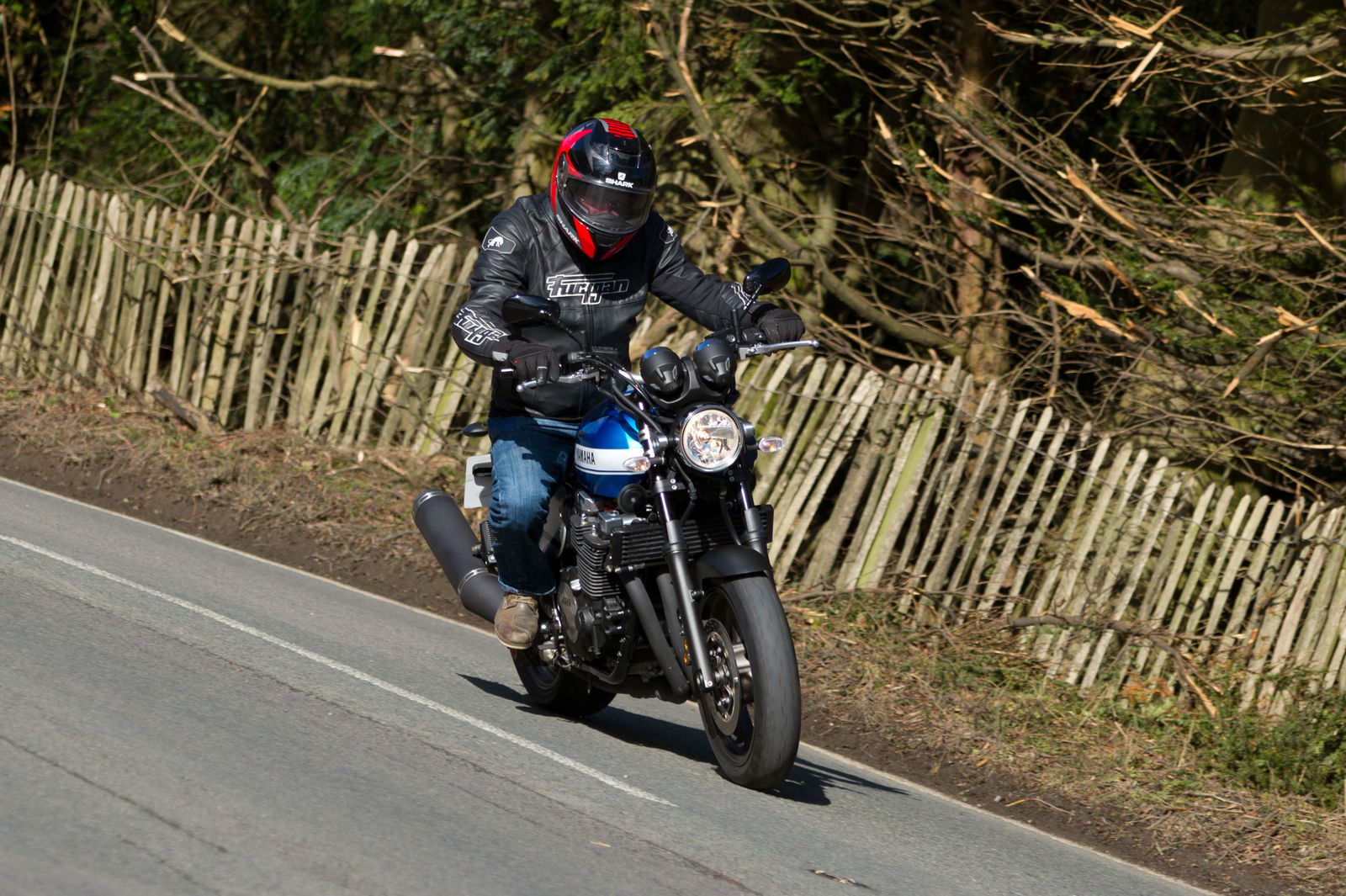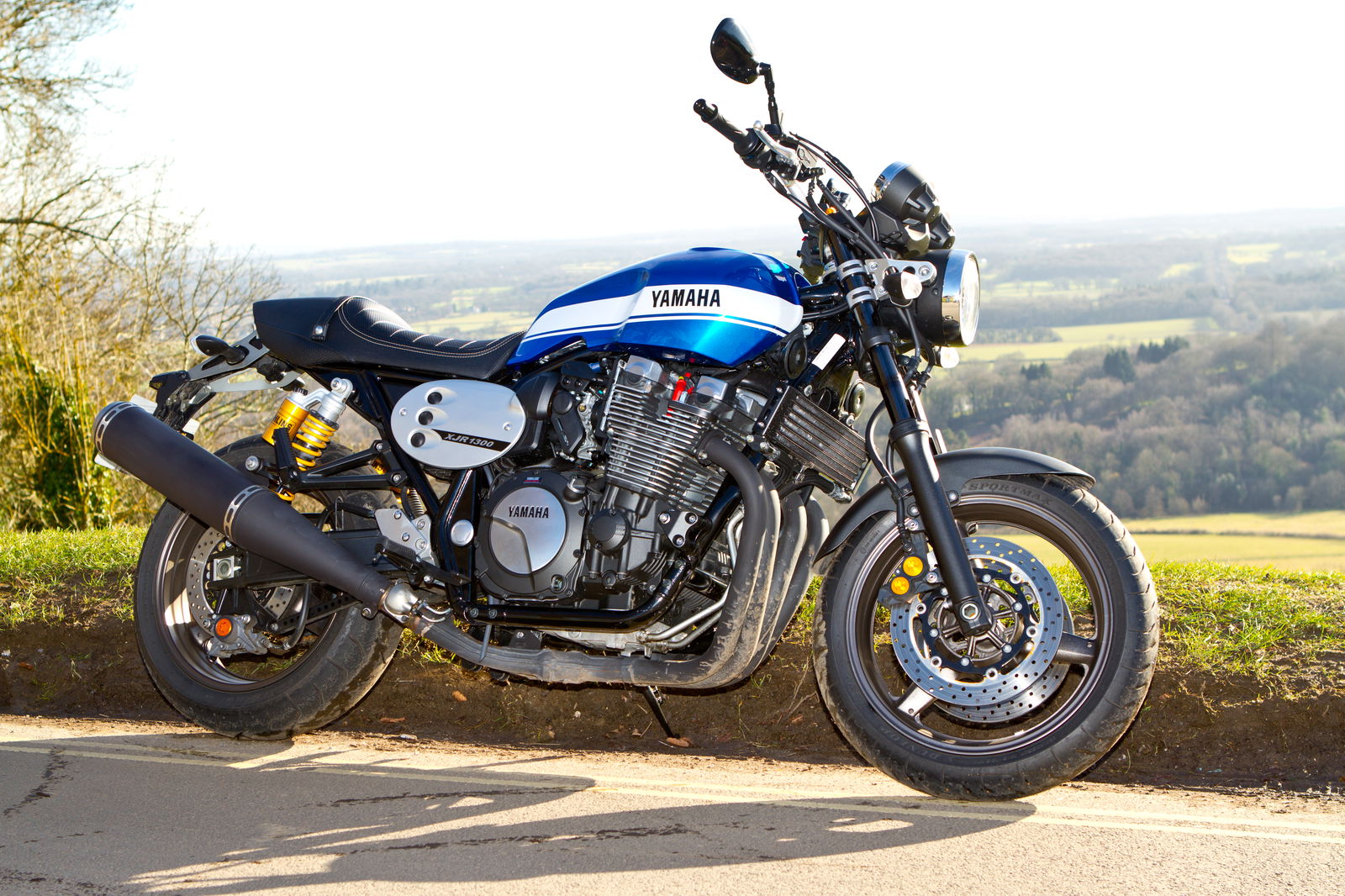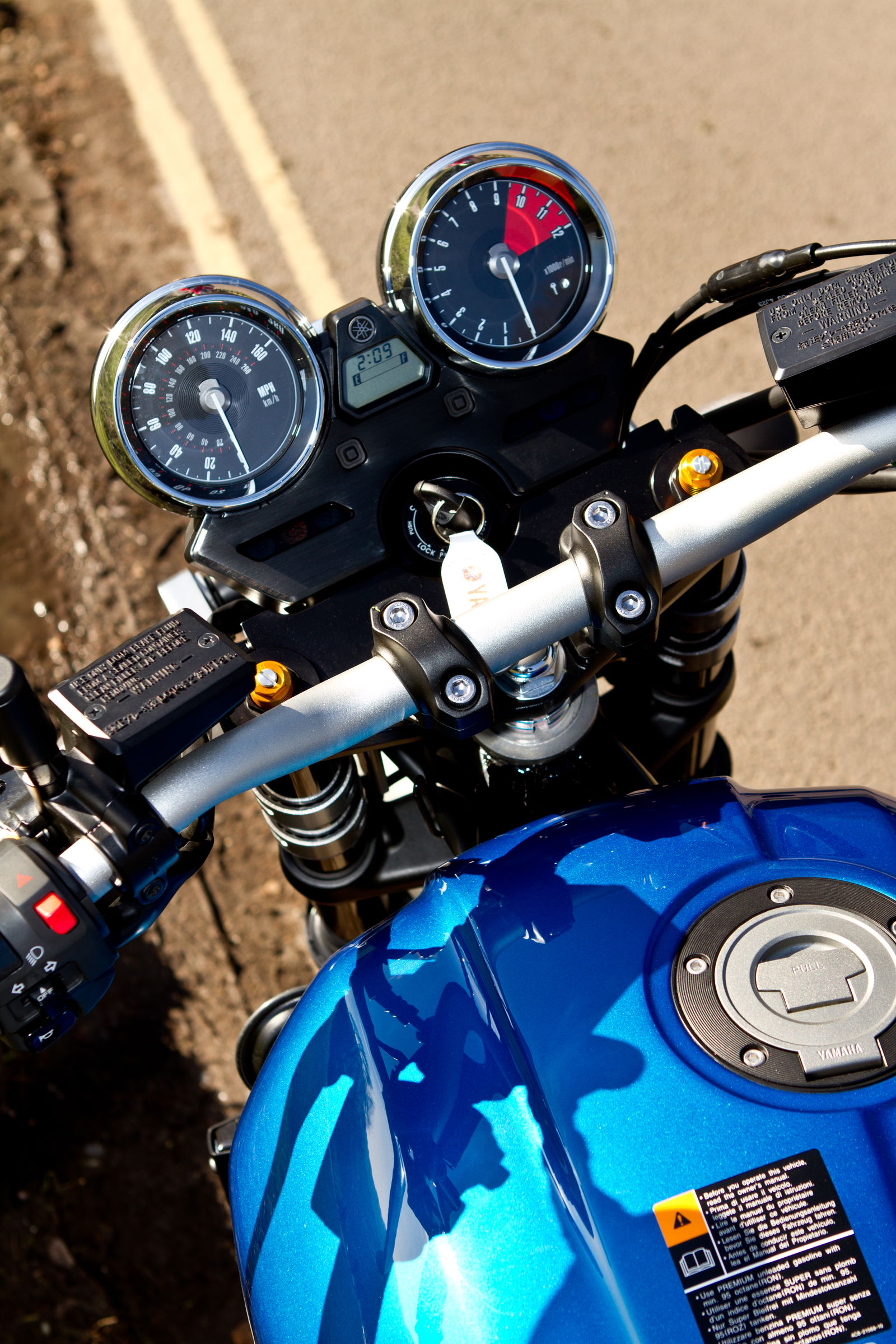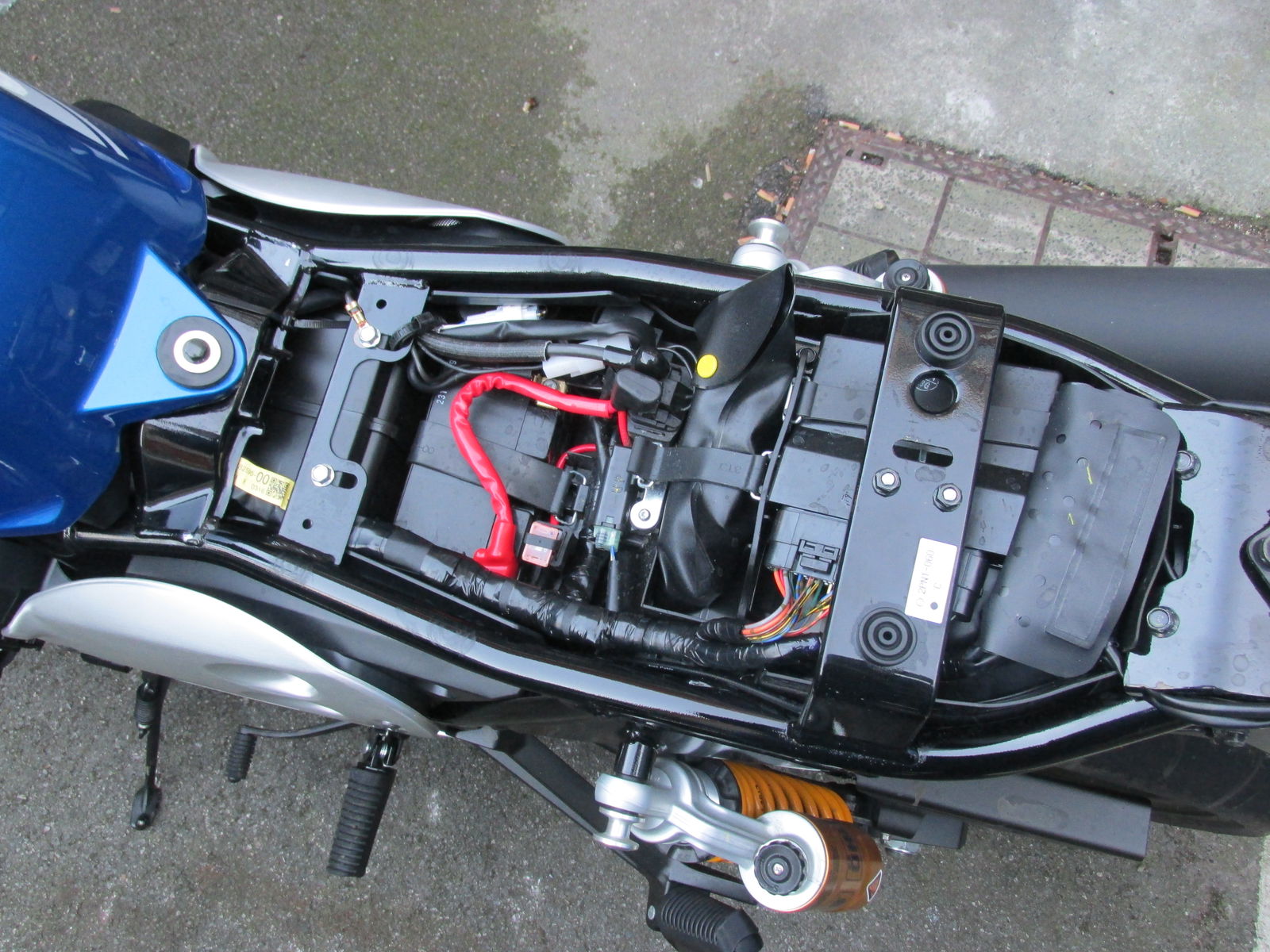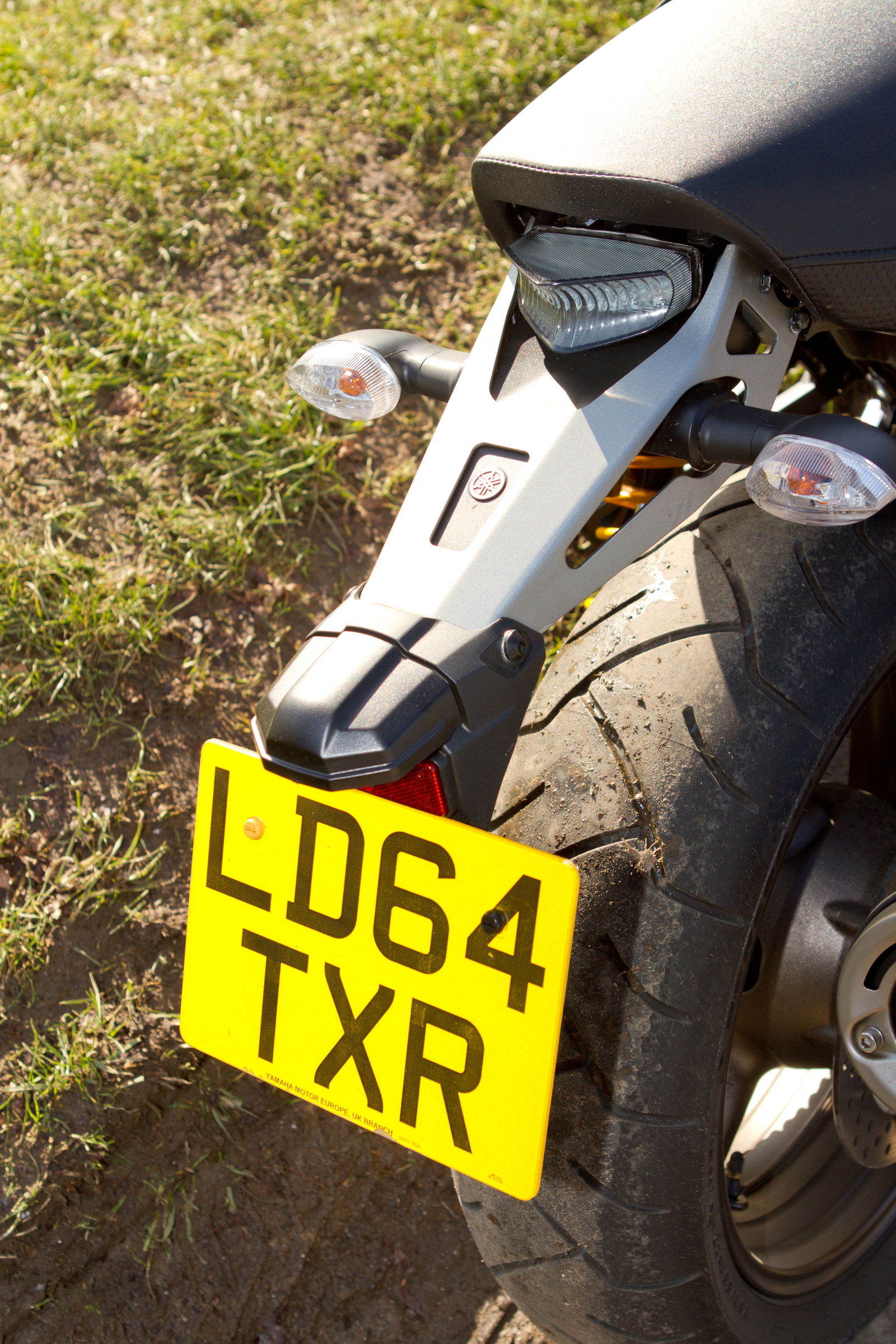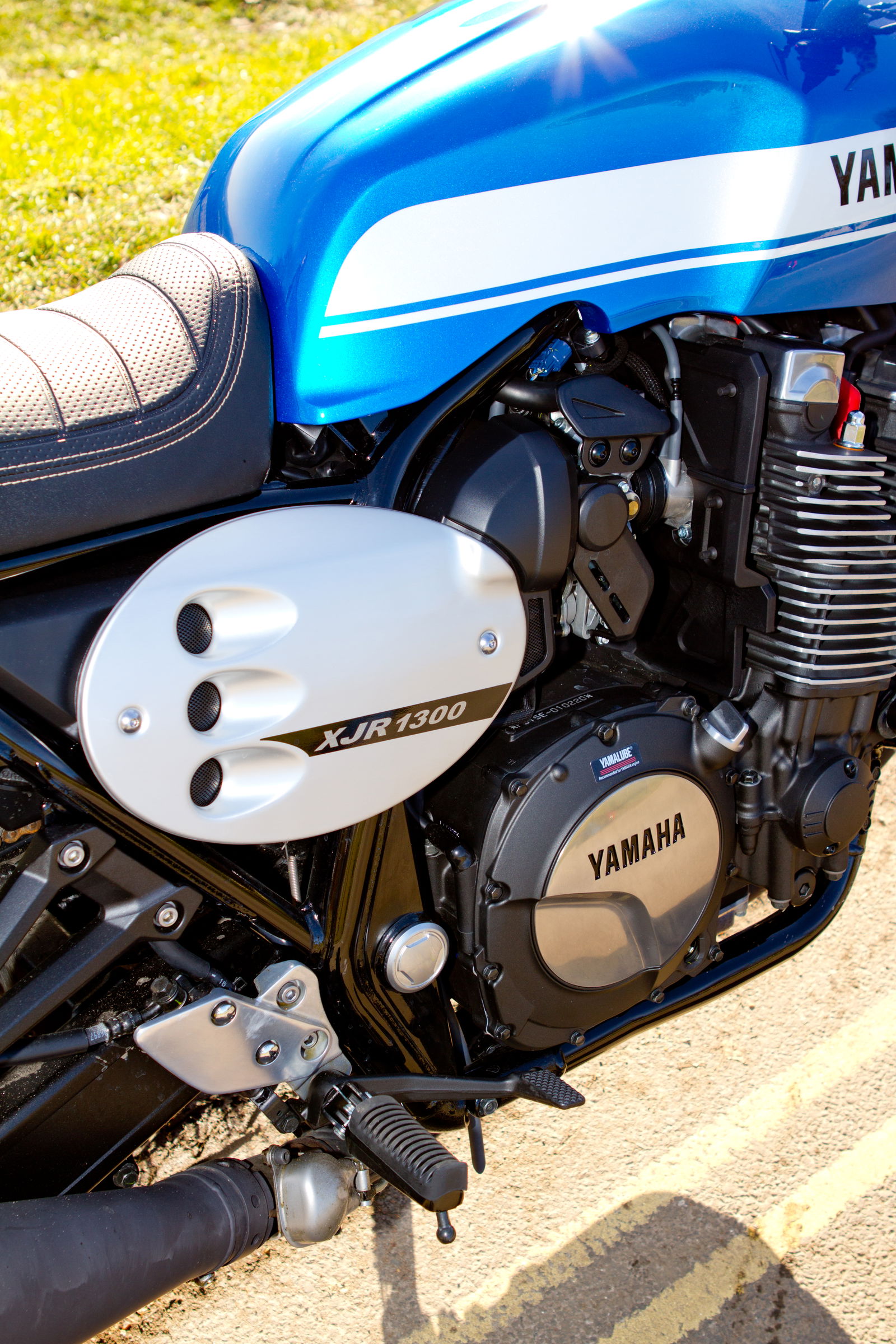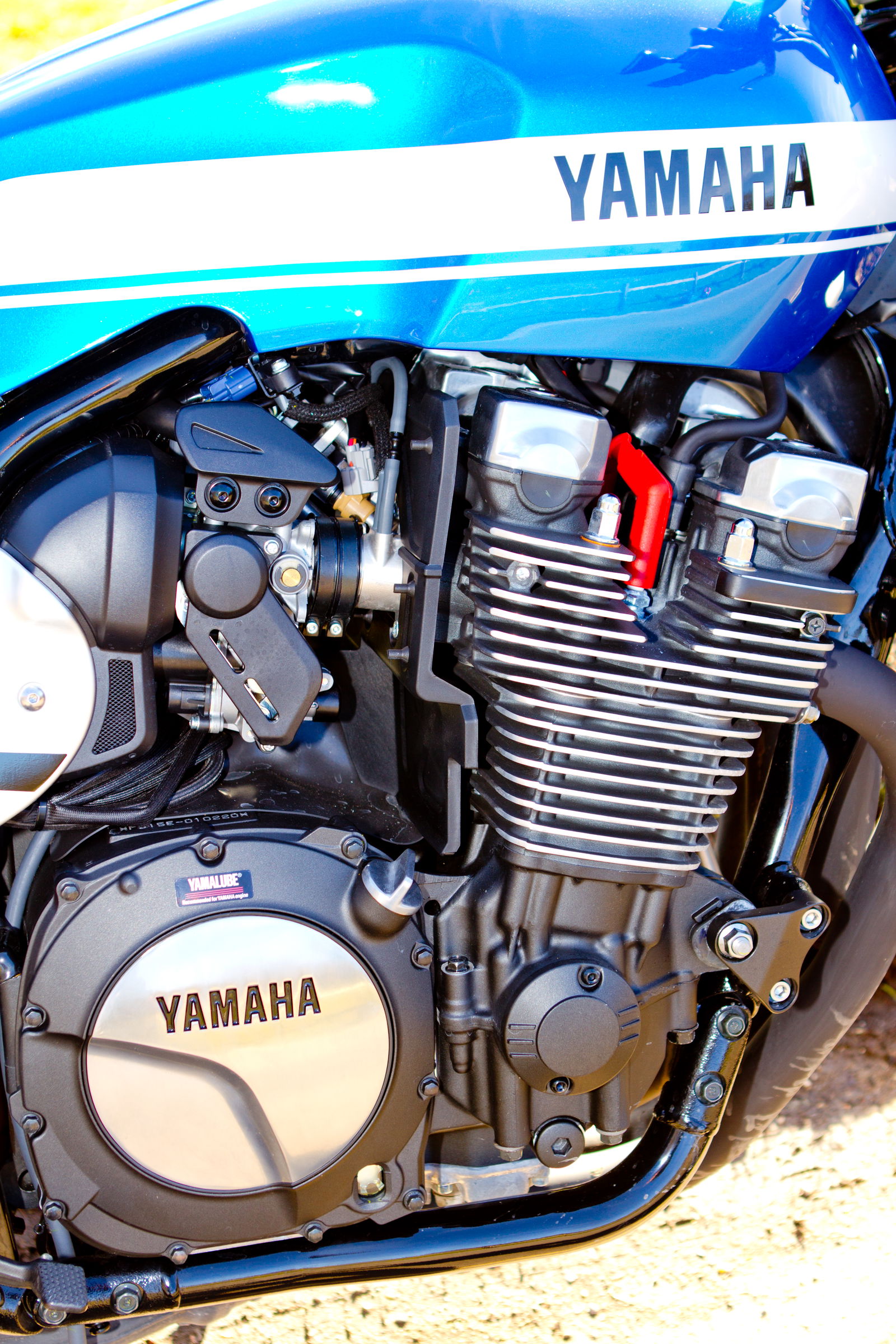World-first test: 2015 Yamaha XJR1300 review
Visordown bagged the world-first press ride on Yamaha’s ‘born customised’ new XJR1300. Read our verdict on a reinvented icon

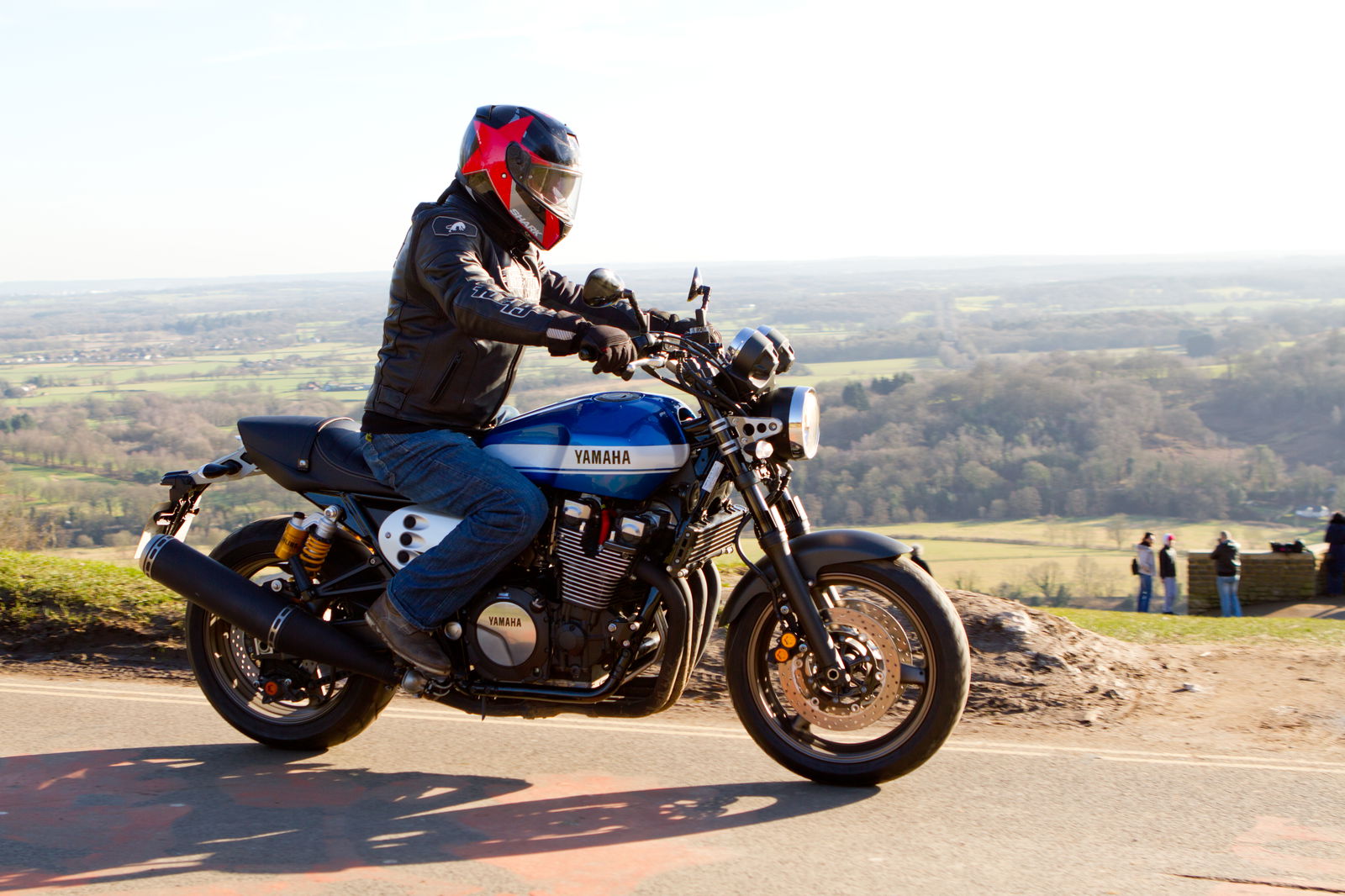
IN a world where TV makers warn their sets can eavesdrop on private conversations, it’s nice to know you can still keep things simple if you want to.
Yamaha’s new XJR1300 won’t eavesdrop on you. Nor will it intervene with traction control if you give it too much welly at the wrong moment.
It won’t tell you your tyre pressures are low, or your average fuel consumption, or the ambient temperature, or even the engine temperature.
It doesn't have ABS, even as an option (until next year, when all bikes over 125cc must have it).
It’s an honest-to-goodness motorcycle, a thing made do to a job, do it well and nothing more, like a hammer. And that’s why people love it.
But wait. What’s this? Has the XJR gone a bit café racer? A bit yard-built-special? And is that a plastic tank?
I’m told the new styling has divided opinion, loved by some but attracting criticism from others.
Yamaha describes it as ‘born customised’, illustrating what is probably the sticking point. Not everyone wants a motorcycle to look pre-customised. You almost need a range of parts to customise it into a machine that doesn’t look like a hipster got his mitts on it first.
If you like café racer styling, you’ll probably love it though, and with the growth in interest in that sort of thing, it’s likely to attract more new customers than it puts off.
With the solo-style seat and race number-style aluminium side panel, as well as the aluminium number plate hanger and headlamp brackets, we can see what Yamaha tried to do – and it works.
Long-term XJR fans worried about the new look may be comforted by the engine, which feels less yard-built, more Japanese muscle bike.
It’s got that buttery-smooth power delivery of an in-line four, feeding in the torque from way down in the range. With a claimed peak of 98hp, it’s not monumentally powerful by today’s standards but it pays its deficit in grunt, accelerating hard from 3,000rpm in fourth and from just over 2,000rpm in third. The same luxurious smoothness characterises a steep but linear climb toward the 9,500rpm red line, accompanied by a deep, gathering whine from the four cylinders. Peak torque, of 80lbft, is at 6,000rpm and peak power at 8,000.
At 1251cc, it’s the biggest-capacity air cooled in-line-four on the market according to Yamaha. You might be disappointed if you’re expecting more sound to escape through those cooling fins than from its water-jacketed contemporaries. The XJR makes a good noise, perhaps a little more mechanical-sounding than a water-cooled four, but it’s well quietened by the black four-into-one exhaust.
‘It needs to be louder,’ a young motorcyclist said to me at some traffic lights this morning, and I agreed. He also said it looked great, showing Yamaha may have got the styling right for younger tastes. What does he care how much it looks like the original XJR1200 of 1995? He probably wasn’t born. He probably thinks speed blocks are something used in a 100-metre running race. Unfortunately the traffic lights changed before I could seek clarification of the point.
At 240kg, the XJR1300 isn’t a particularly light motorcycle, considering how little there is of it. It feels heavy when you try to move it under your own steam. With a seat height of 829mm (and a rider of 5’9”) I could get both feet flat and the ground, just, but struggled for purchase sometimes when trying to paddle it backwards from the saddle.
Luckily there’s an easy way to banish that heavy feeling: switch on the engine and open the throttle.
If I remember the XJR1300 for only one thing, it will be the pleasure of tipping it into corners on bendy A-roads.
The sculpted sides of that new tank curve sharply inward to accommodate your knees. As well as making the bike feel narrower, and more comfortable, it just seems to make a good ergonomic fit, giving your thighs something easy to grip and helping you feel how the slightest pressure from one or other leg helps push the bike into a lean.
According to Yamaha, that shape is the reason the tank is plastic. A metal fabrication of the same shape would have pushed the price up. The owner's manual says the tank and fuel system will tolerate petrol containing up to 10% ethanol.
Along with the leverage offered by that wide handlebar, it helps you tackle fast, unfamiliar bends without a moment’s doubt that the XJR is going to go exactly where you want it to. It doesn’t feel light - physics is physics - but it feels compliant.
And that big spread of torque means it doesn’t really matter which of the five gears you’re in. As long you’re not in neutral, you’ll be able to drive out of that corner quickly.
The Dunlop Sportmax D252 tyres offered good feedback on our perma-damp winter roads.
The black fork and piggyback Öhlins twin-shocks did an excellent job of keeping the XJR in shape on questionable surfaces, with ample damping at both ends. If anything the set-up might be a little firm. I did about 150 miles on a mix of UK roads – the first road test of the new XJR1300 anywhere in the world, ahead even of the international press launch next week. By mile 100, my arse was feeling restless. The seat is soft but had begun to feel narrow.
The suspension is fully adjustable though, so it may be possible to address that.
That, I think, was my only comfort complaint. The bars are high and a bit of a stretch away, making for a straight-armed riding position, but not awkwardly so. The rider’s pegs are not directly below your body but slightly closer to the front of the motorcycle.
I didn’t even have an issue with wind blast while cruising at decent motorway speeds. There must be some deflection afforded by those clocks, which are just below chest height for me.
And what nice clocks they are. Surely XJR traditionalist and café racer types can both agree on the appeal of a good old pair of analogue dials?
The only digital part of this instrument panel is a little display in the middle, and it really doesn’t tell you much – there’s a fuel gauge, odometer, two trip meters, and a low-fuel trip meter.
Nor will you find many concessions to convenience elsewhere.
The mirrors are a nice styling exercise but too small and badly positioned for good visibility, offering a view half blocked by your elbows.
Average fuel consumption, calculated from receipts, was 38.7mpg, giving a worrying range of about 120 miles from the 14.5 litre tank.
If there’s space for a packet of crisps under the seat, I’m not sure where it would go, and I wouldn’t like to spend long as a pillion on that café racer-style hump.
Convenience isn’t really what café racers are about though, and that's fine. Look at BMW’s R nineT: a hatful traditional character and a really engaging machine to ride. That's reason enough to want one.
With the XJR’s reinvention, the two machines have found some things in common. The R nineT is a bit lighter, and feels it, at 222kg. Like the XJR it has a really tractable engine, with loads of low-down torque, but makes slightly more power (from two fewer cylinders) at 110hp. The BMW has a slightly sportier riding position and more powerful, ABS brakes – but the Yamaha’s are not shabby, with plenty of bite and feel at both ends. Both machines are air-cooled.
At £8,599, £2,800 less than the R nineT, the Yamaha makes a really good case for itself. If you want sportier, you could get the Racer edition of the XJR, with carbon café racer-style nose fairing and clip-on bars at £9,599 - and still save £1,800 on the price of the BMW.
Both the Yamaha and BMW offer a similar recipe of traditional character and contemporary performance, while the XJR also has some Japanese muscle-bike personality which, for obvious reasons, the R nineT can’t muster.
And that I suppose brings me back to my complaint. Couldn’t the XJR have retained just a little bit more of Yamaha’s own distinct heritage? Isn’t that more evocative to today’s average (and middle-aged) UK motorcyclist than the recent yard-built trend?
At least give me speed blocks. Please give me speed blocks on my traditional Yamaha.
Watch our video review of the new Yamaha XJR1300
Model tested: Yamaha XJR1300
Price: £8,599 plus on-the-road charges
Engine: 1251cc air-cooled in-line-four
Power: 98hp @ 8,000rpm
Torque: 80lbft @ 6,000rpm
Wet weight: 240kg
Frame: Steel double cradle
Tank capacity: 14.5 litres
Seat height: 829mm
Colours: blue, black, matt grey
Availability: now
